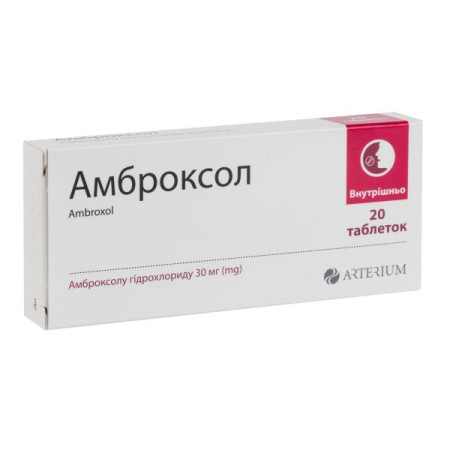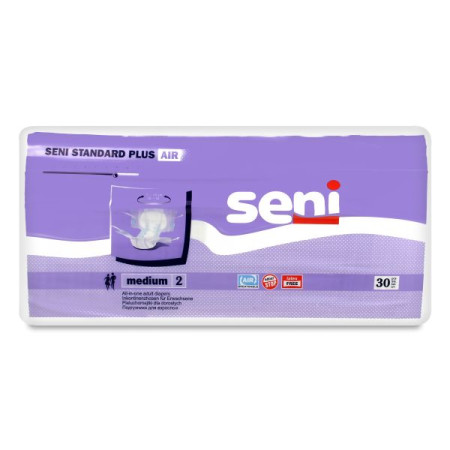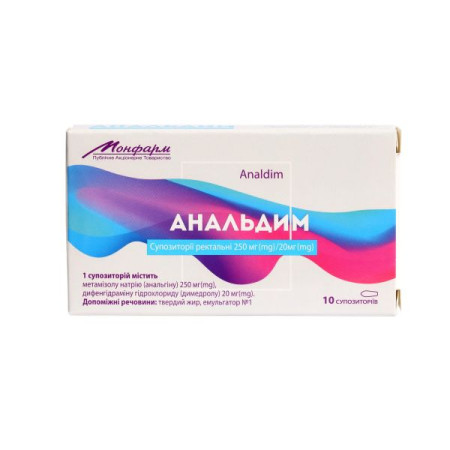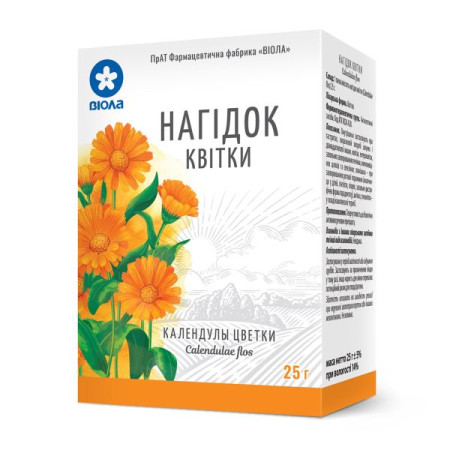Paracetamol tablets 200 mg blister No. 10
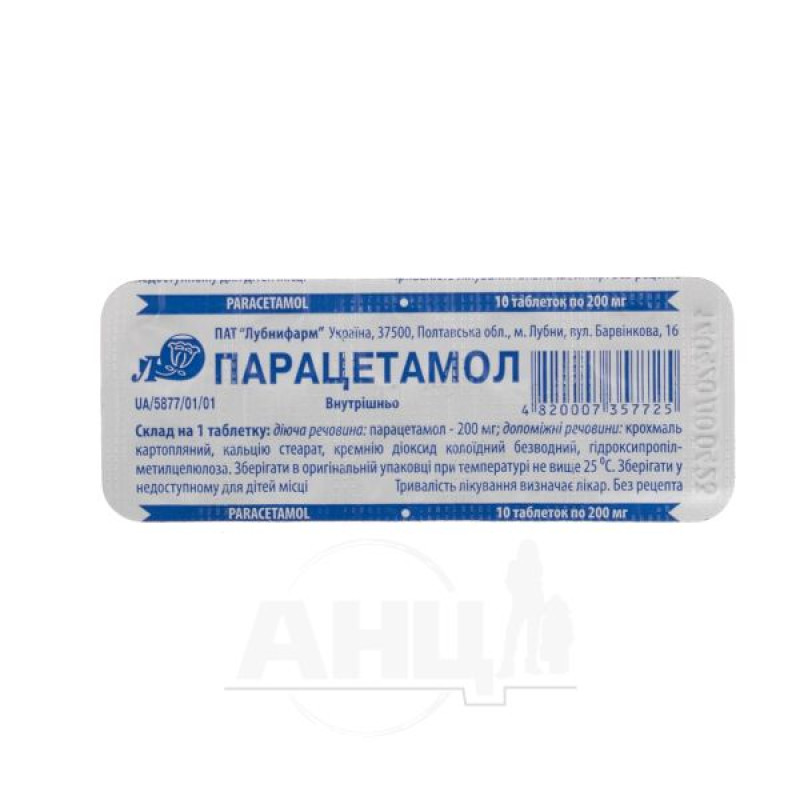
Translation of the instructions can be
PARACETAMOL tablets 200 mg
Instruction
For medical use of the medicinal product
Paracetamol
Composition:
Active ingredient: paracetamol;
1 tablet contains 200 mg of paracetamol;
Excipients: potato starch, calcium stearate, colloidal anhydrous silicon dioxide, hydroxypropylmethylcellulose.
Dosage form.
Pills.
Main physicochemical properties: solid, regular, round cylinders, the upper and lower surfaces of which are flat, the edges of the surfaces are beveled, with a dividing line, white or white with a cream tint.
Pharmacotherapeutic group.
Analgesics and antipyretics. paracetamol.
PBX code N02B E01.
Pharmacological properties.
Pharmacodynamics.
Paracetamol is a 4-hydroxyacetanilide - a non-narcotic, non-salicylate analgesic and antipyretic, the analgesic activity of which is associated with central and peripheral action. It increases the threshold of pain sensitivity, has a weak anti-inflammatory effect as a result of inhibition of prostaglandin synthesis and blocks impulses on bradykinin-sensitive receptors.
Pharmacokinetics.
The drug is rapidly and completely absorbed after oral administration. Maximum plasma concentrations are recorded 15-60 minutes after administration. Therapeutically effective plasma concentrations of paracetamol are achieved when administered at a dose of 10-15 mg/kg. Paracetamol is metabolized in the liver mainly by conjugation reactions with sulfuric and glucuronic acids, with the formation of paracetamol glucuronide and sulfate. Paracetamol is excreted by the kidneys, less than 5% is excreted unchanged. The half-life after oral administration is approximately 1-4 hours. In severe renal failure (creatinine clearance below 10 ml/min), the excretion of paracetamol and its metabolites is slower.
Clinical characteristics.
Indication.
Headache, including migraine and tension headaches; neuralgia; toothache; relief of cold and flu symptoms such as fever, aches, pains.
Contraindication.
Hypersensitivity to the components of the drug. Severe liver and/or kidney dysfunction, congenital hyperbilirubinemia, glucose-6-phosphate dehydrogenase deficiency, alcoholism, blood diseases, severe anemia, leukopenia.
Interaction with other drugs and other types of interactions.
With the simultaneous appointment of barbiturates, anticonvulsants (antiepileptics), rifampicin, and alcohol consumption, the risk of hepatotoxic effects significantly increases.
Paracetamol increases the effect of indirect anticoagulants (coumarin derivatives). Metoclopramide and domperidone increase, and cholestyramine - reduce the rate of absorption. Paracetamol should be used 1 hour before or 4-6 hours after taking cholestyramine. Barbiturates reduce antipyretic activity.
The anticoagulant effect of warfarin and other coumarins may be enhanced by concomitant long-term daily use of paracetamol, with an increased risk of bleeding. Intermittent use has no significant effect.
Anticonvulsants (including phenytoin, barbiturates, carbamazepine), which stimulate the activity of liver enzymes, may enhance the toxic effect of paracetamol on the liver due to an increase in the degree of conversion of the drug to hepatotoxic metabolites. With the simultaneous use of paracetamol with hepatotoxic agents, the toxic effect of drugs on the liver increases.
Simultaneous use of high doses of paracetamol with isoniazid increases the risk of developing hepatotoxic syndrome. Paracetamol reduces the effectiveness of diuretics.
Probenecid halves the clearance of paracetamol by blocking its binding to glucuronic acid, therefore, in combination therapy with probenecid, the dose of paracetamol should be reduced.
Paracetamol should be used with caution with chloramphenicol due to the prolongation of the half-life and increased toxicity of the latter.
Application features.
It is necessary to consult a doctor about the possibility of using the drug:
patients with impaired kidney and liver function; patients taking warfarin or similar drugs that have an anticoagulant effect; patients taking analgesics for mild arthritis; patients with severe infections such as sepsis, which are accompanied by a decrease in glutathione levels, when taking paracetamol, the risk of metabolic acidosis increases. Symptoms of metabolic acidosis are deep, rapid or difficult breathing, nausea, vomiting, loss of appetite. You should immediately consult a doctor if these symptoms appear; if the headache becomes persistent.It should be noted that patients with alcoholic liver disease are at increased risk of hepatotoxic effects of paracetamol; the drug may affect the results of laboratory tests for blood glucose and uric acid.
If symptoms persist, consult a doctor.
Use during pregnancy or breastfeeding.
The drug can be prescribed during pregnancy only if the expected benefit to the mother outweighs the potential risk to the fetus or child.
The ability to influence the reaction speed when driving vehicles or other mechanisms.
Does not affect.
Method of administration and doses.
The drug is intended for oral administration.
Adults and children over 12 years of age: 2 tablets (400 mg) 3-4 times a day, with an interval between doses of at least 4 hours. Not more than 4000 mg within 24 hours.
Children (6-12 years): 1-2 tablets (200-400 mg) every 4-6 hours.
You should not take more than 20 tablets (4000 mg) in 24 hours.
Children 3-6 years old: ½-1 tablet (100-200 mg) up to 4 times a day.
The interval between doses is at least 4 hours.
The duration of treatment is determined by the doctor.
The maximum period of use without consulting a doctor is 3 days.
Do not exceed the recommended dose.
Do not take with other medicines containing paracetamol.
Children.
Not recommended for use in children under 3 years of age.
Overdose.
Liver damage is possible in adults who have taken 10 g or more of paracetamol, and in children who have taken more than 150 mg/kg of body weight. In patients with risk factors (long-term treatment with carbamazepine, phenobarbitone, phenytoin, primidone, rifampicin, St. John's wort or other drugs that induce liver enzymes; regular intake of very large amounts of ethanol; glutathione cachexia (digestive disorders, cystic fibrosis, HIV infection, starvation, cachexia) taking 5 g or more of paracetamol can lead to liver damage.
Symptoms of overdose in the first 24 hours: pallor, nausea, vomiting, anorexia and abdominal pain. Liver damage may become apparent 12-48 hours after overdose. Glucose metabolism disorders and metabolic acidosis may occur. In severe poisoning, liver failure may progress to encephalopathy, hemorrhage, hypoglycemia, coma and death. Acute renal failure with acute tubular necrosis may present with severe lumbar pain, hematuria, proteinuria and may develop even in the absence of severe liver damage. Cardiac arrhythmia and pancreatitis have also been reported.
With prolonged use of the drug in high doses, aplastic anemia, pancytopenia, agranulocytosis, neutropenia, leukopenia, thrombocytopenia may develop from the hematopoietic system. When taking large doses, dizziness, psychomotor agitation and disorientation may occur from the central nervous system; nephrotoxicity (renal colic, interstitial nephritis, capillary necrosis) may occur from the urinary system.
In case of overdose, urgent medical attention is required. The patient should be taken to hospital immediately, even if there are no early symptoms of overdose. Symptoms may be limited to nausea and vomiting or may not reflect the severity of the overdose or the risk of organ damage. Treatment with activated charcoal should be considered if the overdose of paracetamol has been taken within 1 hour. Plasma paracetamol concentrations should be measured 4 hours or later after ingestion (earlier concentrations are unreliable). Treatment with N-acetylcysteine can be used within 24 hours of paracetamol ingestion, but the maximum protective effect is obtained when it is used within 8 hours of ingestion. The effectiveness of the antidote decreases sharply after this time. If necessary, the patient should be given N-acetylcysteine intravenously according to the established dose list. In the absence of vomiting, oral methionine can be used as a suitable alternative in remote areas outside the hospital.
Adverse reactions.
Stop using the drug and consult a doctor immediately if adverse reactions occur.
Side effects of paracetamol are very rare (
allergic reactions: anaphylaxis, skin itching, rash on the skin and mucous membranes (usually generalized rash, erythematous urticaria), angioedema, erythema multiforme exudative (including Stevens-Johnson syndrome), toxic epidermal necrolysis (Lyell's syndrome); from the digestive tract: nausea, epigastric pain, increased activity of liver enzymes, usually without the development of jaundice; from the endocrine system: hypoglycemia, up to hypoglycemic coma; from the blood and lymphatic system: thrombocytopenia, agranulocytosis, anemia, sulfhemoglobinemia and methemoglobinemia (cyanosis, shortness of breath, heart pain), hemolytic anemia, bruising or bleeding; Respiratory system disorders: bronchospasm in patients sensitive to acetylsalicylic acid (aspirin) and other nonsteroidal anti-inflammatory drugs.Expiration date.
3 years.
Storage conditions.
Store in the original packaging at a temperature not exceeding 25 °C.
Keep out of reach of children.
Packaging.
Tablets No. 10 in blisters.
Vacation category.
Without a prescription.
Producer.
PJSC Lubnyfarm.
Location of the manufacturer and address of its place of business.
Ukraine, 37500, Poltava region, M lubny, Barvinkovy St., 16.
There are no reviews for this product.
There are no reviews for this product, be the first to leave your review.
No questions about this product, be the first and ask your question.




